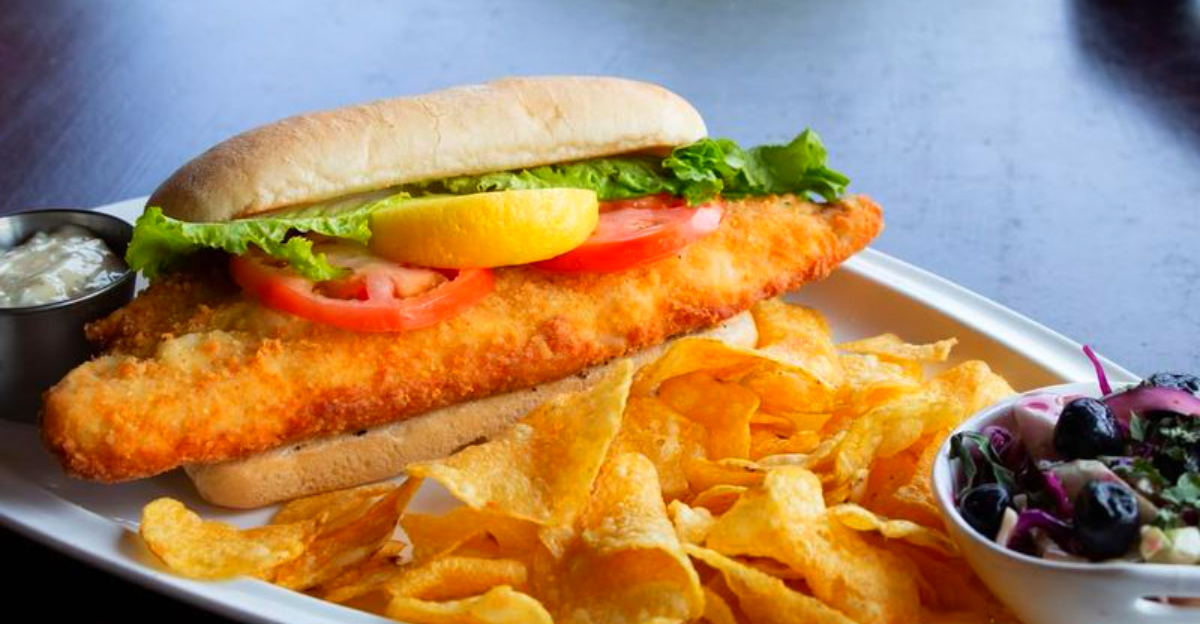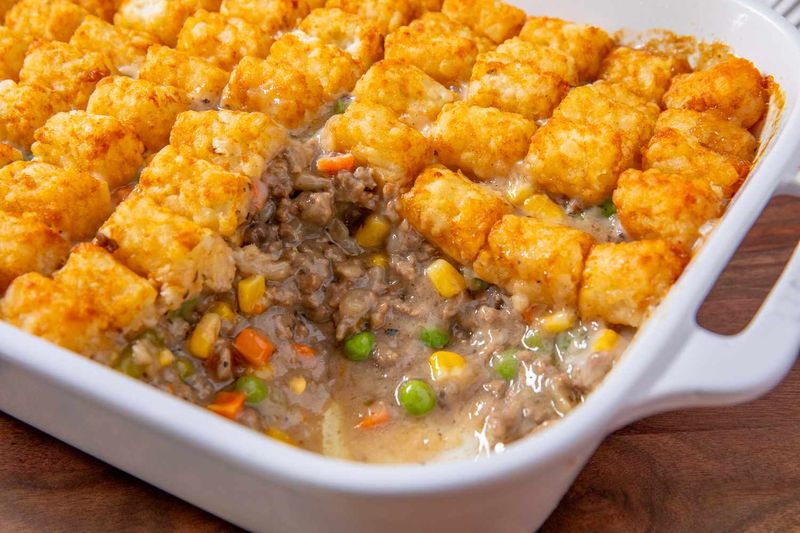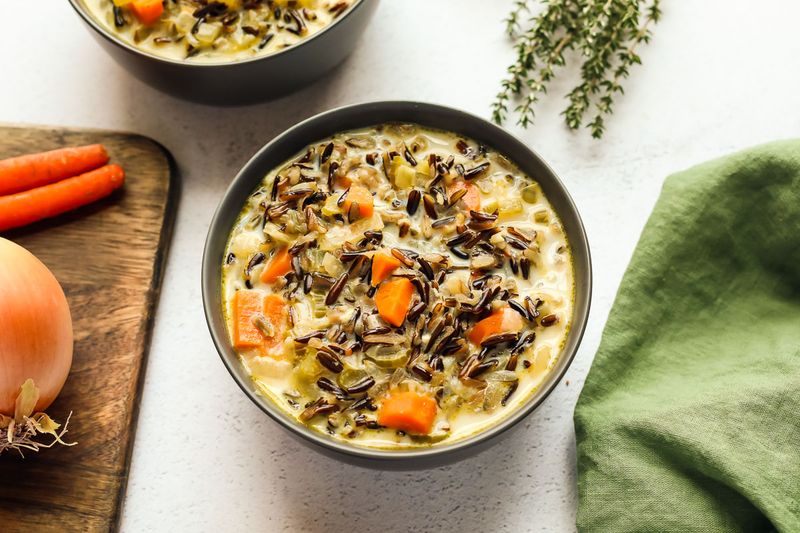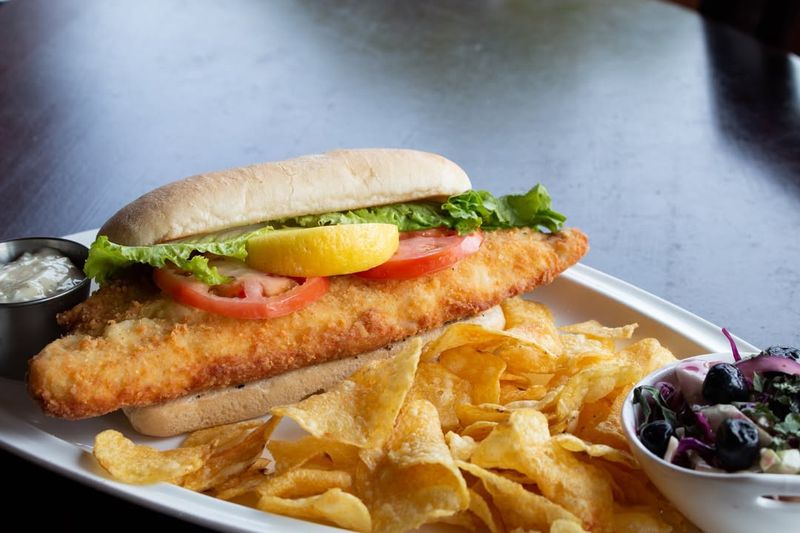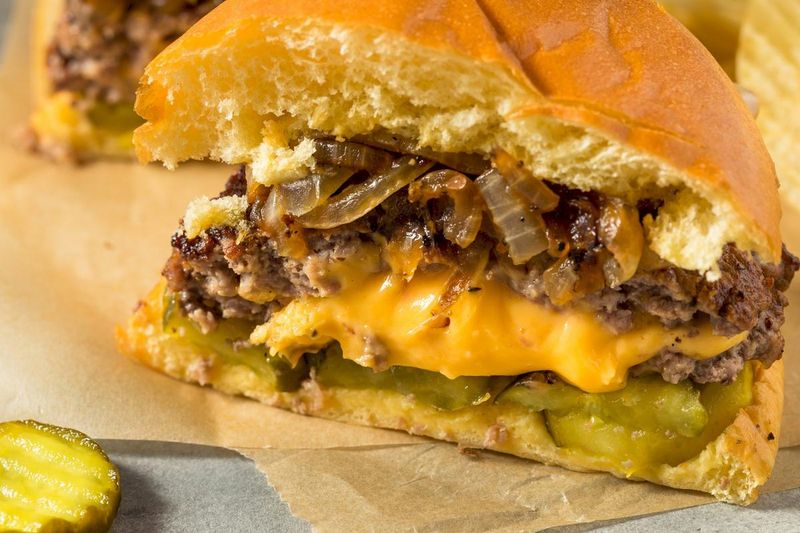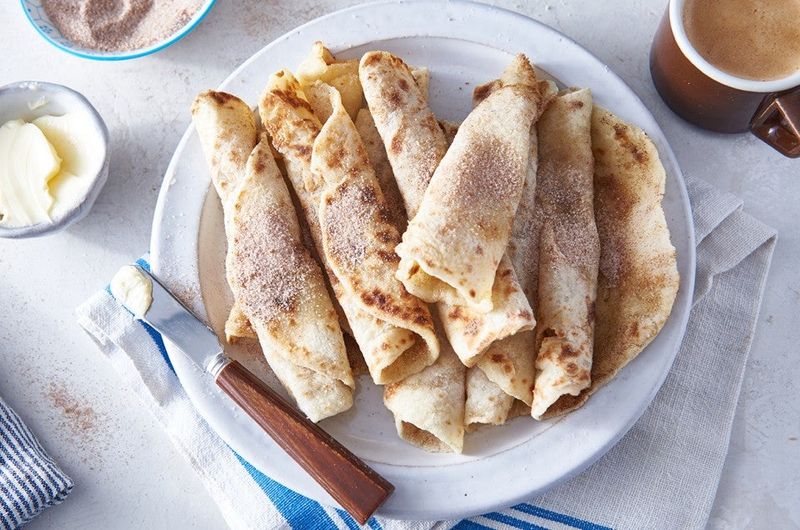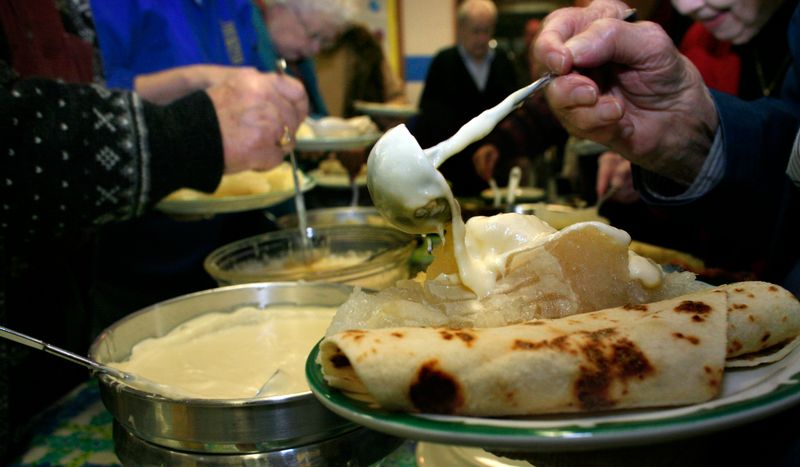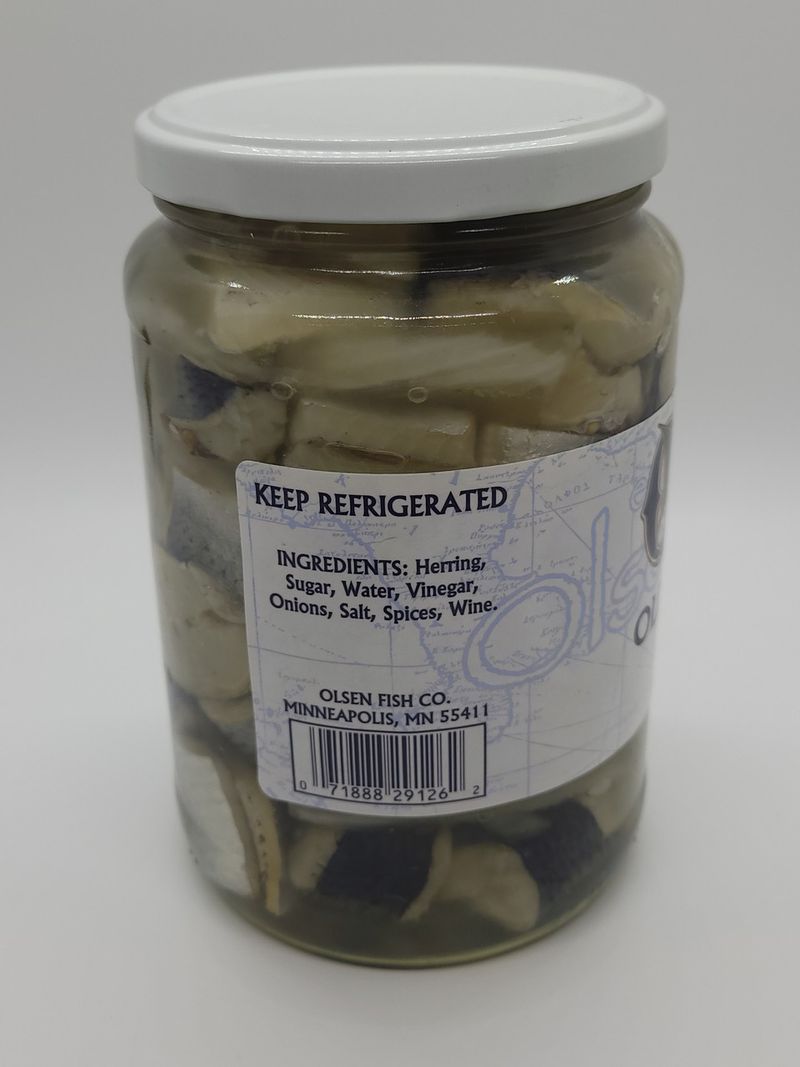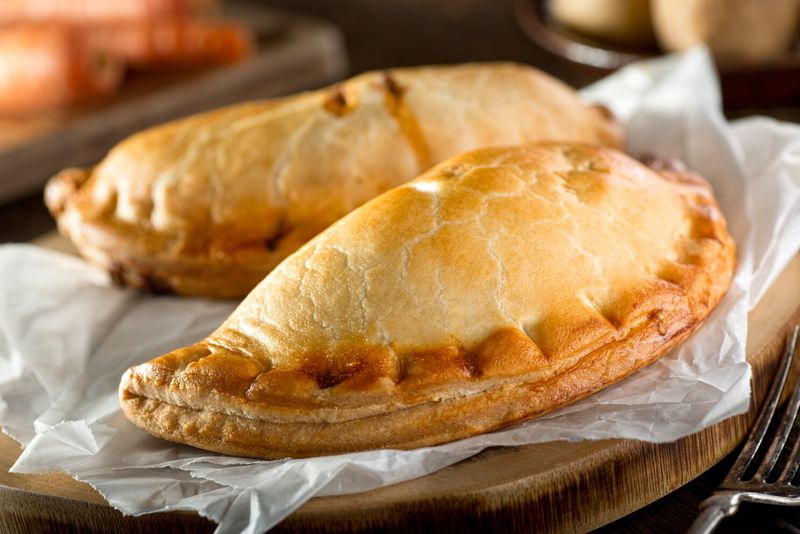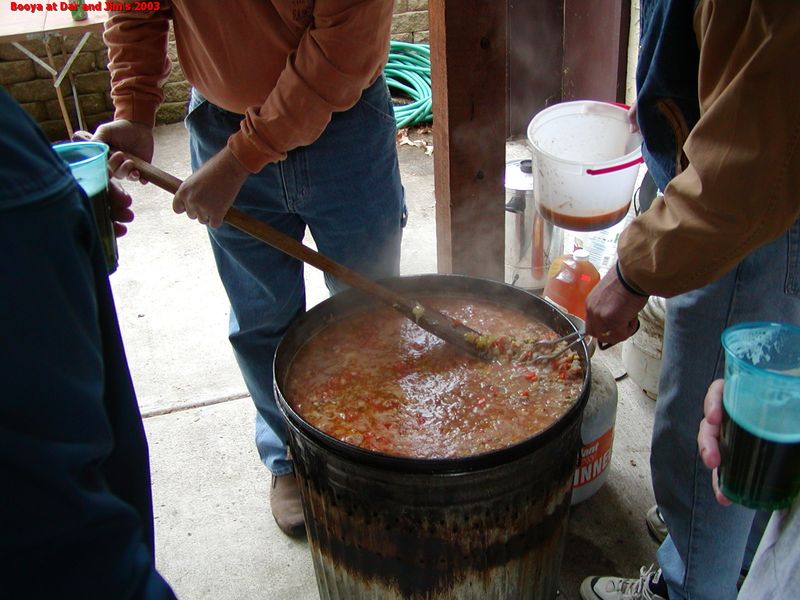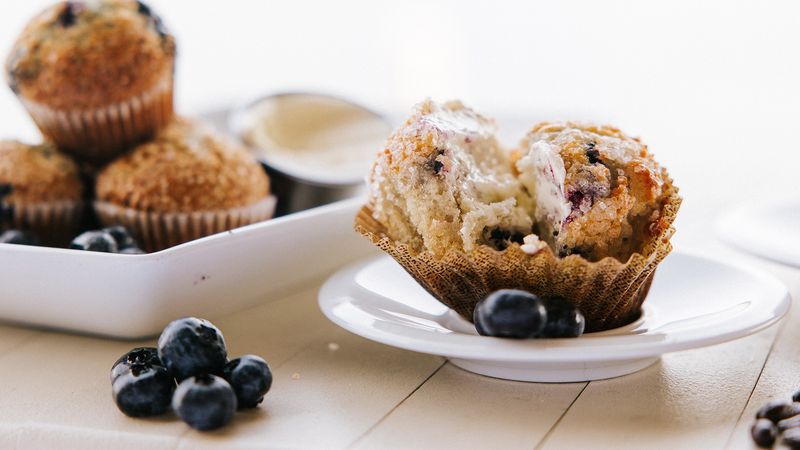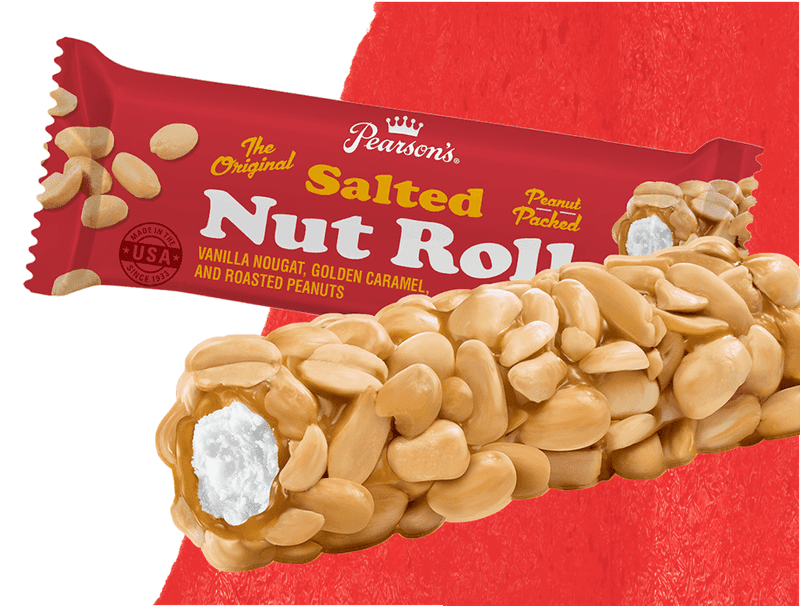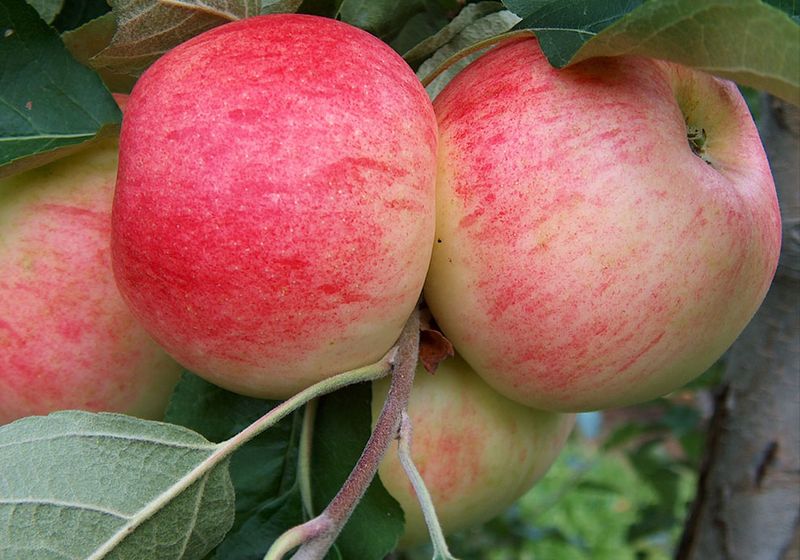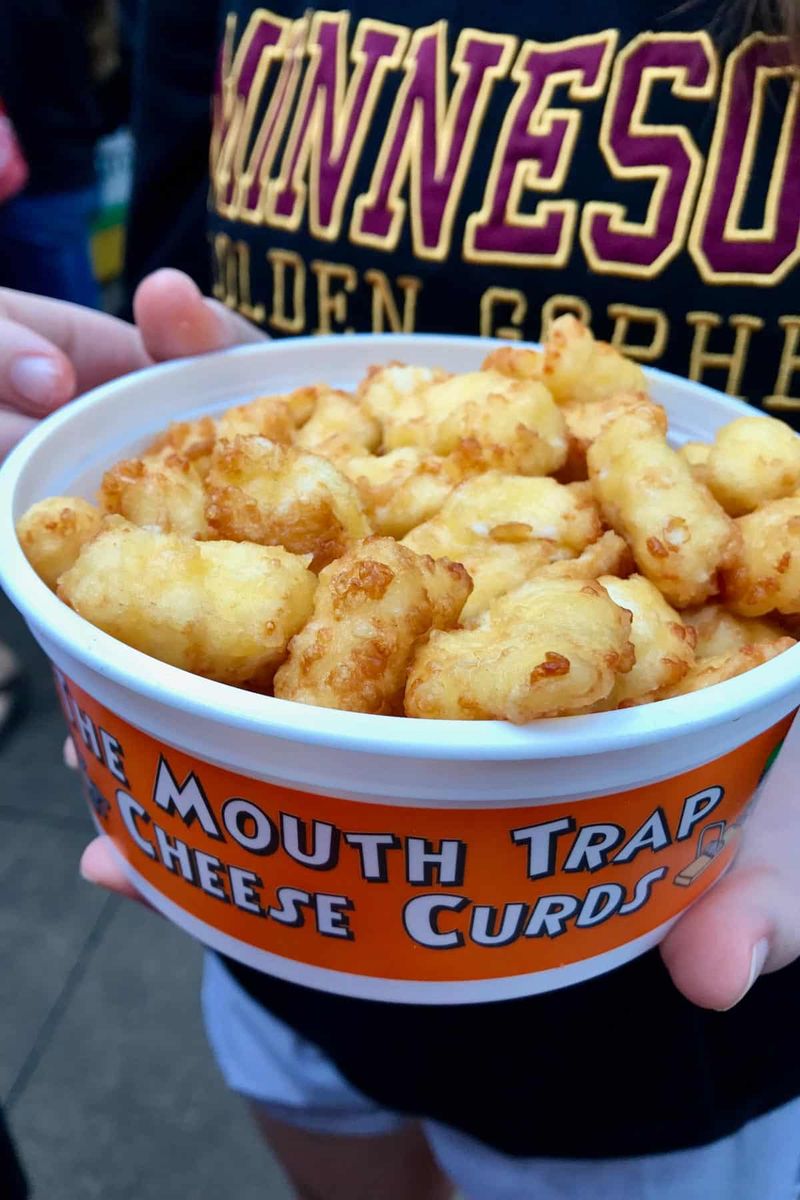Minnesota’s food scene tells the story of its people – from Scandinavian immigrants to modern-day chefs putting creative spins on beloved classics. When you visit the Land of 10,000 Lakes, experiencing these iconic dishes connects you to generations of tradition and local pride. From church basement potlucks to award-winning restaurants, these 15 Minnesota classics offer a genuine taste of what makes the state’s cuisine special.
1. Tater Tot Hotdish
Golden-crowned and bubbling, tater tot hotdish reigns supreme at Minnesota family gatherings. This one-dish wonder combines seasoned ground beef, mixed vegetables, and creamy soup, all topped with crispy potato nuggets that turn irresistibly crunchy in the oven.
Church basement potlucks wouldn’t be complete without at least three versions competing for attention. While upscale restaurants have attempted fancy versions with duck confit or truffle oil, the humble original remains most beloved.
Families guard their recipes fiercely, debating the merits of cream of mushroom versus cream of chicken, or whether frozen corn is acceptable. When winter winds howl across the prairie, nothing says ‘Minnesota comfort’ quite like this casserole classic.
2. Wild Rice Soup
Smoky, nutty grains of hand-harvested wild rice float in a velvety cream base, creating Minnesota’s most cherished soup. Each spoonful delivers the essence of northern lakes and forests, where Ojibwe harvesters have collected this aquatic grass for centuries using traditional methods.
Not actually rice at all, but the seed of an aquatic grass, this indigenous ingredient transforms ordinary chicken soup into something distinctly Minnesotan. The best versions simmer slowly, allowing the wild rice to release its earthy flavor while maintaining a pleasant chewiness.
During January blizzards, locals warm up with steaming bowls accompanied by crusty bread. Restaurants throughout the state proudly feature their signature versions, often adding mushrooms, carrots, and roasted chicken.
3. Fried Walleye (Sandwich or Tacos)
Flaky white fillets with a golden crust represent Minnesota’s fishing heritage on a plate. Walleye—the state fish—delivers a mild, sweet flavor that converts even the most fish-hesitant eaters into fans.
Lakeside restaurants showcase walleye every way imaginable, but nothing beats the classic sandwich: a perfectly fried fillet on a soft bun with lettuce, tomato and homemade tartar sauce. Modern twists include walleye tacos with cabbage slaw and spicy remoulade.
For authenticity, seek restaurants that source from Minnesota waters rather than Canadian imports. During fishing season, locals proudly serve their fresh catch at weekend fish fries, accompanied by lemon wedges and stories about the one that almost got away.
4. The Juicy (Jucy) Lucy
Molten cheese erupts from within this legendary burger, creating a taste sensation that’s uniquely Minnesotan. Two South Minneapolis bars—Matt’s Bar (spelling it “Jucy”) and the 5-8 Club (“Juicy”)—have famously feuded for decades over who invented this inside-out cheeseburger.
Biting into one requires strategy: patient diners wait for the scalding cheese core to cool, while the impatient sport cheese burns as badges of honor. The classic version features American cheese sealed inside a beef patty, topped simply with fried onions and pickles.
Today’s creative variations include blue cheese, pepper jack, or even peanut butter fillings. Locals have strong opinions about which establishment serves the definitive version, making the Juicy Lucy debate a true Minneapolis rite of passage.
5. Lefse
Paper-thin potato flatbreads that melt in your mouth reveal Minnesota’s Norwegian heritage with every bite. Made from riced potatoes, flour, butter, and cream, these delicate rounds require skill to prepare—rolled with special grooved rolling pins until nearly transparent.
Traditionalists enjoy lefse simply: spread with butter, sprinkled with sugar, then rolled into cigar shapes. Modern adaptations include savory versions wrapped around meatballs or smoked salmon.
During holiday season, church basements transform into lefse factories where aproned grandmothers demonstrate the art to younger generations. Special lefse-making tools—including long wooden turning sticks—are passed down as family heirlooms, along with closely-guarded recipes that spark gentle debates about proper thickness and potato variety.
6. Lutefisk Dinners
The pungent aroma announces this notorious Scandinavian specialty before it reaches the table. Dried cod reconstituted in lye creates a gelatinous, semi-translucent fish dish that inspires both devotion and good-natured jokes among Minnesotans of Nordic descent.
Church basement dinners serve lutefisk with melted butter or white sauce, always accompanied by boiled potatoes, lefse, and lingonberry preserves. The annual ritual draws generations together, with elders proudly consuming hearty portions while younger family members often take ceremonial bites to honor their heritage.
Despite its challenging reputation, lutefisk dinners sell out across Minnesota from October through December. These community gatherings celebrate more than unusual food—they maintain cultural connections to the Scandinavian immigrants who shaped the state’s identity.
7. Krumkake & Rosettes (Norwegian Christmas Cookies)
Delicate as snowflakes, these Norwegian Christmas cookies appear on Minnesota holiday platters without fail. Krumkake—thin batter cooked on a decorative iron then quickly wrapped around a wooden cone—creates crisp, rolled treats perfect for filling with whipped cream.
Rosettes require even more finesse: a special iron flower-shaped mold dipped in batter then submerged in hot oil creates lacy, crisp shells that shatter delightfully with each bite. Both cookies demand patience and precision, with techniques passed down through generations.
December cookie exchanges feature these alongside other Scandinavian favorites like spritz and sandbakkelse. Their presence signals Christmas has truly arrived in Minnesota homes, where powdered sugar-dusted krumkake and rosettes are arranged on grandmother’s best china for visitors.
8. Pickled Herring
Silvery fish chunks swimming in vinegar, onions and spices might seem unusual to outsiders, but for many Minnesota families, it’s not midnight on New Year’s Eve without a bite of pickled herring for good luck. This Scandinavian staple appears on holiday smörgåsbords and relish trays year-round.
Minneapolis-based Olsen Fish Company has produced pickled herring since 1910, creating variations from traditional onion to modern wine sauce with dill. The tangy, briny flavor complements the creamy texture in a combination that devotees find irresistible.
Grandparents often initiate young family members with small tastings, creating a rite of passage. “You’re not a real Minnesotan until you’ve tried pickled herring” remains a common saying, with the fish served on crackers or pumpernickel as an appetizer at gatherings.
9. Iron Range Pasties
Crimped edges seal these handheld meat pies that tell the story of Minnesota’s mining history in every bite. Cornish miners brought pasties to the Iron Range, creating portable lunches that stayed warm for hours when wrapped in newspaper and carried deep underground.
The classic filling combines beef, potatoes, rutabagas, and onions encased in a sturdy yet flaky crust. Some families mark their initials into the dough before baking to identify whose pasty was whose.
Today, small bakeries throughout northern Minnesota maintain this tradition, selling thousands during hunting season and summer tourism months. Regional debates persist about proper accompaniments—gravy or ketchup?—and whether carrots belong in an authentic recipe. One thing remains certain: pasties represent Minnesota’s immigrant resilience and practicality.
10. Booya (Community Stew)
Massive cast-iron kettles bubble with this legendary community stew, cooked outdoors over wood fires by firefighters, church groups, and VFW posts. Booya isn’t just food—it’s a neighborhood event where cooking begins at dawn and serving doesn’t start until afternoon.
The hearty mixture combines multiple meats (often chicken, beef, and pork), root vegetables, cabbage, and whatever else the committee decides belongs. No two recipes are identical, with some guarded for generations and cooked in dedicated kettles that never see soap—just like seasoned cast iron.
Fall weekends in St. Paul neighborhoods feature booya sales where locals line up with empty containers to fill for dinner. The tradition builds community while raising funds for local causes, creating a uniquely Minnesotan social gathering around mammoth portions of stick-to-your-ribs stew.
11. Blueberry Muffin (State Muffin)
Sweet-tart berries nestled in tender cake became Minnesota’s official state muffin in 1988, thanks to a civics project by Cheri Schoen’s third-grade class in south Minneapolis. These students successfully lobbied the legislature to recognize this humble breakfast treat, beating out pumpkin and bran contenders.
Wild blueberries harvested from northern Minnesota forests create the most authentic version, their intense flavor concentrated in small berries. Bakeries throughout the state proudly display blueberry muffins in their cases, often topped with crunchy sugar or streusel.
Family cabins up north routinely welcome weekend visitors with fresh-baked blueberry muffins, sometimes made with berries picked that morning. This official designation perfectly captures Minnesota’s unpretentious nature—choosing a homey comfort food rather than something fancy.
12. Pearson’s Salted Nut Roll
Chewy, sweet, salty, and created right in St. Paul during the Great Depression, this iconic candy bar fuels Minnesotans through road trips and hockey tournaments. The distinctive layers—peanuts surrounding a caramel sleeve wrapped around a nougat center—create a uniquely satisfying texture combination.
Founded in 1909, Pearson’s Candy Company still produces these beloved treats in Minnesota. The candy has fueled generations of northland adventures, tucked into tackle boxes, glove compartments, and hockey bags for quick energy.
Local hardware stores and auto shops often keep bowls of mini Nut Rolls by the register as customer treats. The candy’s cousin, the chocolate-covered Nut Goodie, enjoys similar status in Minnesota’s candy hierarchy, but the Salted Nut Roll remains the true workingman’s energy bar.
13. Honeycrisp Apples
Explosively crisp and perfectly balanced between sweet and tart, Honeycrisp apples revolutionized the apple industry after their development at the University of Minnesota in 1960. These apples weren’t released to the public until 1991, after decades of careful breeding to create their signature texture and flavor.
The University’s horticultural scientists crossed Macoun and Honeygold varieties, creating an apple that maintains its crispness for weeks after harvesting. Fall weekend trips to apple orchards have become essential Minnesota traditions, with families filling bags with these prized fruits.
Now Minnesota’s official state fruit, Honeycrisps command premium prices nationwide. Local pride runs deep for this agricultural innovation that transformed American apple expectations, proving that sometimes perfection requires patience—and Minnesota ingenuity.
14. SPAM®
Pink, rectangular, and proudly Minnesotan, SPAM® has traveled from humble beginnings in Austin, Minnesota to global fame. Hormel Foods created this canned meat product in 1937, naming it through a contest with the winning entry earning a $100 prize.
During World War II, SPAM® fed Allied troops and became entrenched in global cuisines from Hawaiian musubi to Korean budae jjigae. The small town of Austin celebrates its famous export with the SPAM® Museum—a free attraction featuring interactive exhibits and memorabilia.
Minnesotans embrace SPAM® with a mixture of irony and genuine affection. The Minnesota State Fair features SPAM® curds and SPAM®-on-a-stick, while home cooks prepare SPAM® hotdish for nostalgic family meals. This humble canned meat represents Minnesota’s practical innovation and unexpected global influence.
15. State Fair Classics: Cheese Curds, Pronto Pups & Sweet Martha’s
Squeaky-fresh cheese curds battered and fried until golden create the quintessential Minnesota State Fair experience. The Mouth Trap’s legendary booth in the Food Building generates hour-long lines for these gooey, salty treats served in grease-spotted paper trays.
Equally iconic are Pronto Pups—corn dogs with a distinctive flour-based coating rather than cornmeal—held aloft by fairgoers navigating the crowded streets. The fair experience culminates with overflowing buckets of Sweet Martha’s chocolate chip cookies, served piping hot with milk.
Every August, these three treats form the essential fair food trinity that Minnesotans crave all year. First-timers receive careful instruction from locals: eat the cookies while still warm, never confuse a Pronto Pup with a corn dog, and always judge cheese curds by their squeak.
